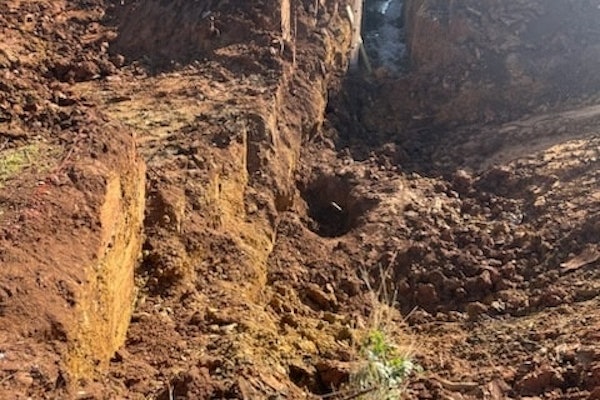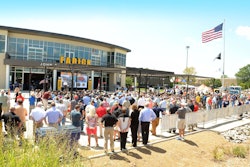In mid-January the House of Representatives unveiled their American Recovery and Reinvestment proposal, aka the stimulus bill. What was anticipated by the construction and infrastructure industry to be the next gold rush has, on close examination, turned into a major disappointment.
The House bill comes in at $825 billion ($550 billion in spending, $275 billion in tax cuts). How much of that will go to public transportation infrastructure? Just seven percent, according to House Highway and Transit Subcommittee Chairman Peter DeFazio (D-Oregon).
USA Today calculates the total construction and infrastructure spending in this bill at 10 percent, or about $90 billion. That breaks down further into $30 billion for highways, $10 billion for rails and transit, $31 billion to “modernize federal buildings for energy savings,” and $19 billion for water projects. If you take the highway money and divide it among the number of people in the country it works out to about $10 a head. Enough to fix a pothole for each of us.
There is no planning in this plan. It’s a hastily concocted gush of 152 separate appropriations. So where is the rest of the money going? The top beneficiaries, by a huge margin, are going to be teachers and federal employees. Let’s look at the numbers.
Education: $141.6 billion. Health care: $111.1 billion. Aid to the poor and unemployed: $102 billion. Energy: $58 billion. Other: $35 billion. And science and technology: $16 billion. The devil is in the details here, but on rush jobs like this bill the public will likely never see the details before the money is spent. President Obama said the bill may require as many as 600,000 new federal workers. Most of this money will go to them.
Will this stimulate the economy? Yes, but it will be about as effective as if Obama were to get in his presidential limo and throw wads of cash out the window on a cross country tour. It will give us a short-term lift before vanishing entirely, leaving us with the same problems and even greater debt.
Back when adults had control over Washington, D.C., people understood that building infrastructure and stimulating the economy were long-term propositions.
It took Dwight Eisenhower a good portion of his eight years as president to plan, propose and get approval for the Federal Interstate program. The execution of that program took another three decades. Special interest groups hit on Ike, too. Republicans wanted more bombs, Democrats more butter. And the clamoring was just as fierce then as it is today. Ike’s response, in a nutshell: Stuff it. We’ll balance the budget, we’ll build the Interstate, and the rest will just have to take care of itself. The result was the longest and strongest economic boom this country has ever experienced. Household incomes rose almost 40 percent in eight years and continued to rise for seven years after he left office.
That’s how you do infrastructure.









